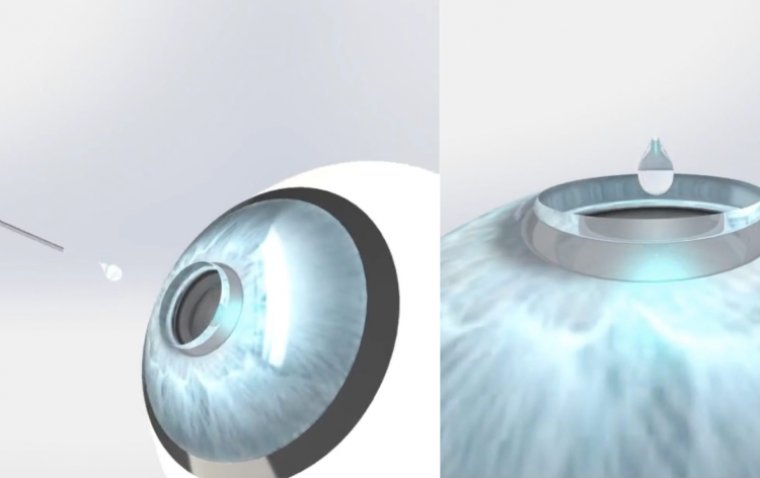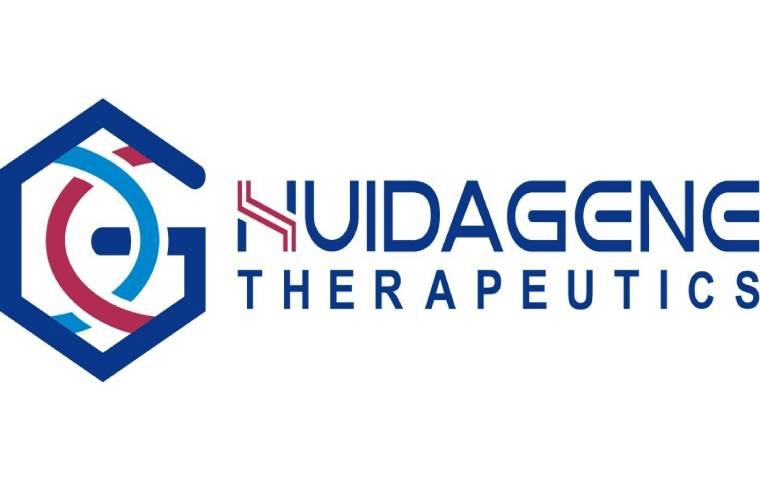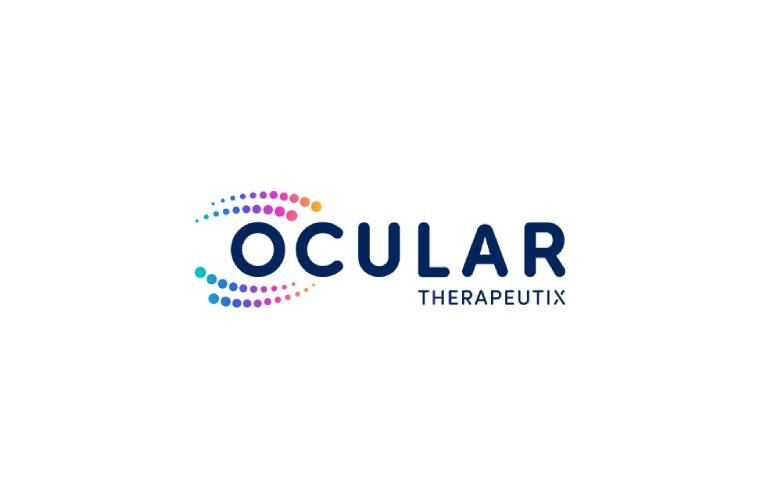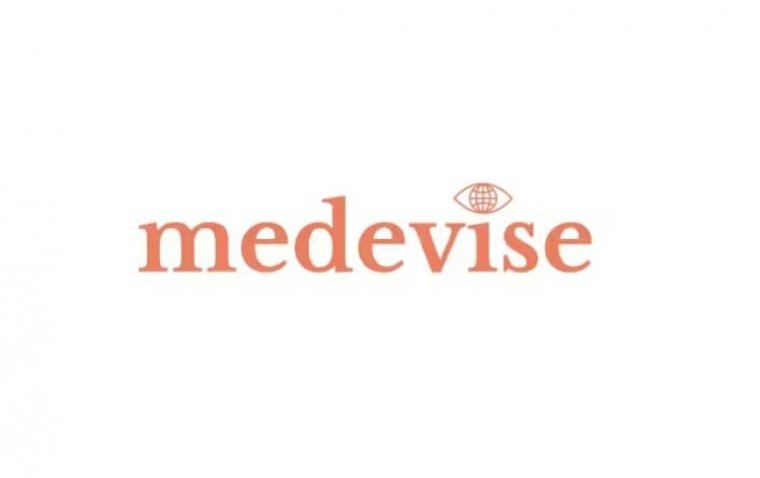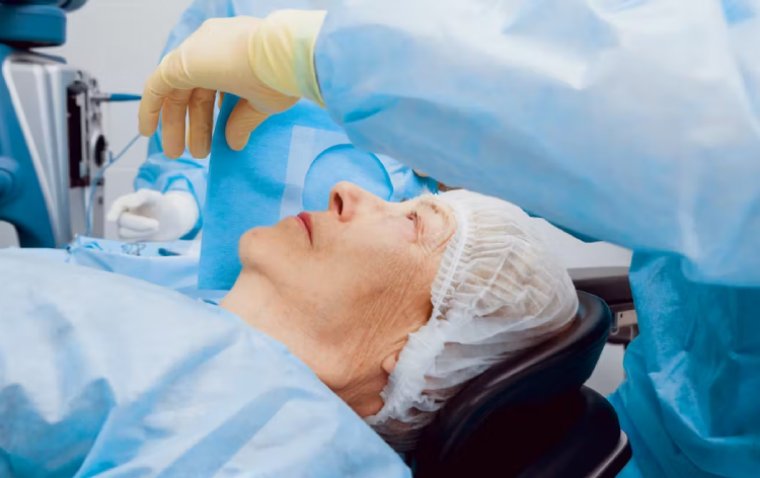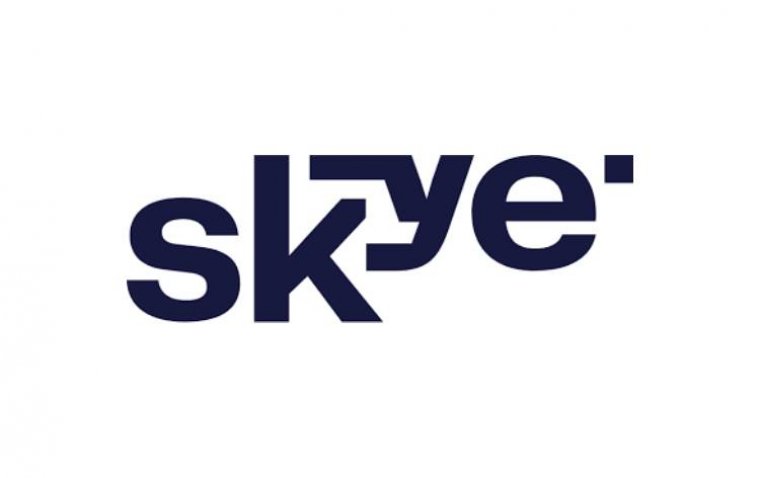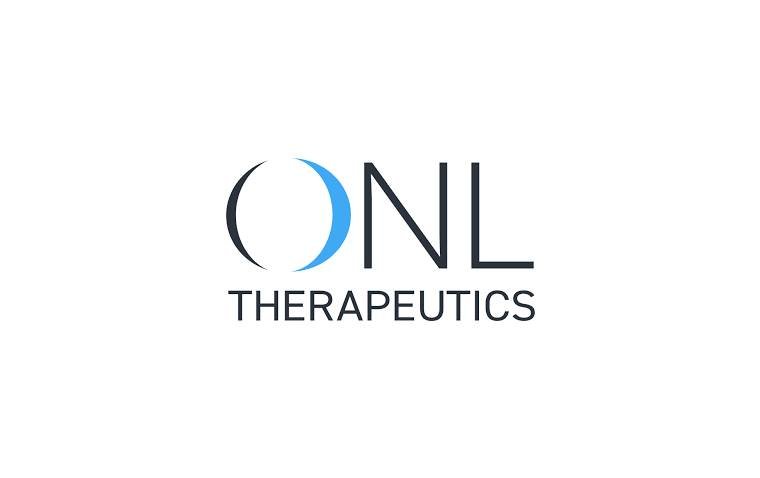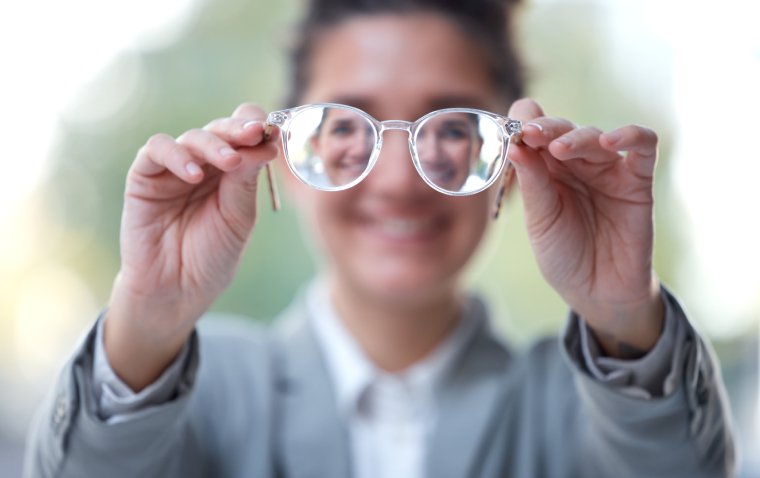
New Consensus Report: Myopia Should Be Classified as a Disease
A new consensus report from the National Academies of Sciences, Engineering, and Medicine urges that myopia be classified as a disease requiring medical diagnosis. The report emphasizes the growing prevalence of myopia globally, which is projected to affect 5 billion people by 2050. Katherine K. Weise, OD, MBA highlighted the need for third-party payers to recognize myopia as a disease to ensure equitable access to care, stating, "We would love for third-party payers to see it as a disease so we can get coverage... and avoid creating healthcare disparity by only getting [care] to the kids who can afford it."
Reclassification and Early Treatment
Reclassifying myopia would not only address blurry vision but also help manage the condition’s progression, reducing the risk of complications like myopic maculopathy, retinal detachment, and glaucoma. David A. Berntsen, OD, PhD, explained that myopia stretches ocular tissues, increasing risks of further eye diseases. "The more myopic a person becomes, the greater the risk of other diseases later in life," he stated. Current eye exams are often not covered by medical insurance because myopia is categorized as a refractive error, not a disease, meaning many children lack access to necessary exams.
Preventive Strategies: Outdoor Time for Children
The report recommends at least one hour of outdoor time daily for children as a preventive measure against myopia. The CDC is advised to create evidence-based guidelines to encourage outdoor activities, as Jeffrey J. Walline, OD, PhD noted, "Increasing outdoor time to an hour a day is a positive public health message not only for myopia but for an overall healthy lifestyle." The outdoor exposure stimulates the eyes with varying light and movement, helping slow down excessive eye growth in children.
Screening and Early Detection
The report strongly advocates for vision screenings starting as early as 6 months of age, with follow-up exams between ages 3-5 and regular checkups every 1-2 years. Ensuring early detection is crucial, but as Walline explained, only about 20% of children who fail vision screenings actually receive an eye exam. To improve outcomes, the report calls for a national data surveillance system to collect and monitor vision screening results, sociodemographic data, and referral outcomes across the U.S.
Additional Treatment Options
The report also highlights treatments such as multifocal optical corrections and atropine eye drops to slow myopia progression. Weise emphasized the importance of treating myopia early when resources allow, stating, "It's a treatable condition." Walline also noted that scientific advances over the past 20 years have produced effective treatments to delay the onset of myopia, reducing the risk of sight-threatening complications later in life.
With myopia rates rapidly increasing, the report underscores the need for reclassification, early detection, preventive measures, and treatment options to combat the condition's long-term effects on eye health.
(1).jpg)
